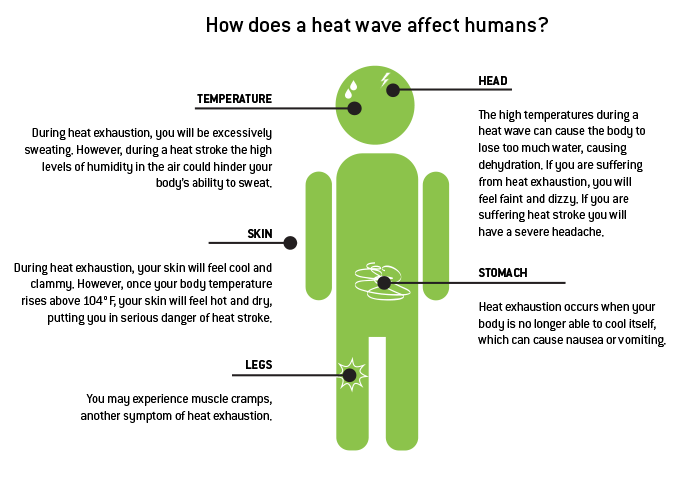



PERSPECTIVE: HEAT WAVES AND CLIMATE CHANGE - 13 MAY, 2022
IN NEWS:
What is a Heat Wave?
How do heatwaves form?

Heatwave in India
Implications of Heat Waves
Social impacts
Economic impacts
Ecological impacts
Health Impacts of Heat Waves
Why India is experiencing more heat waves?
Mitigation and Adaptation Strategies
https://sansadtv.nic.in/episode/perspective-heat-waves-and-climate-change-13-may-2022
© 2025 iasgyan. All right reserved